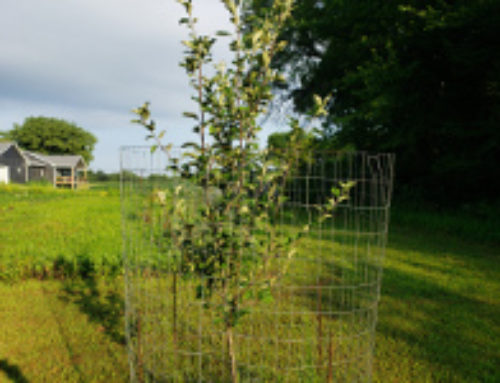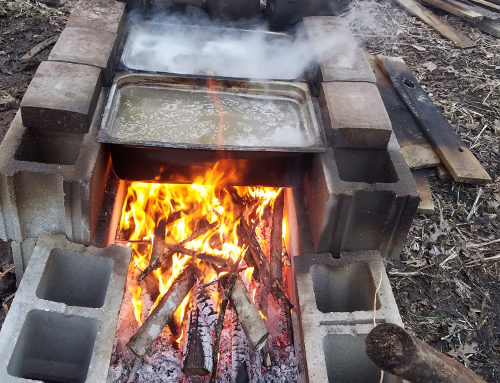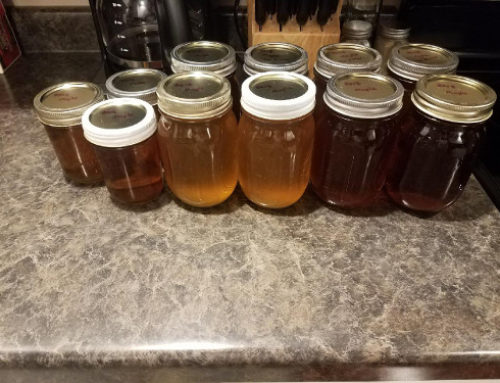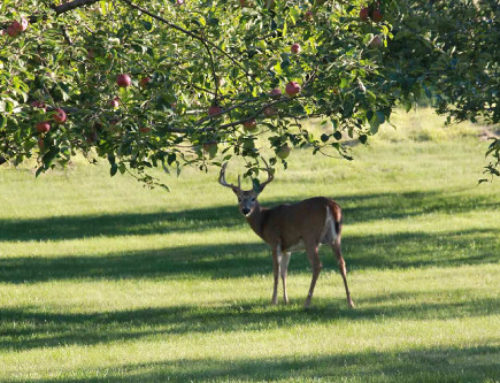Why Thin Fruit From Your Apple Trees
Why would anyone consider thinning Apples off a perfectly good Apple Tree instead of just letting them grow, producing more Apples? Well the answer is, you will lose in the long run on both quantity and quality.
Why Thin Fruit Trees
Whether you’re an orchard owner, have a hobby orchard, or just have a few fruit trees in the yard there are great benefits for thinning your fruit or apples off your trees. Here are a few of those benefits;
To avoid biennial fruit bearing (Growing Consistent Fruit year over year).
Improving the Fruit size, shape, color, and taste.
Avoiding limb damage from a heavy fruit load
Avoiding early fruit drop.
When To Thin Fruit From Your Apple Trees
I prefer thinning fruit after pollination, during the early fruit growth and before the June Drop. The June Drop is Nature’s way of thinning out the fruit for you, but in many fruits such as Apples, Pears, and plums it’s not enough. When thinning Apples I like to thin anytime between the growth stages of ¼” to 1” in diameter. The smaller diameter fruit is easier to pinch off with your fingers, where the larger diameter of Apple may require a tool to cut it off. Thinning can also be done during the bloom stage, but I find it more difficult without damaging the other blossoms.
For the June Drop you can easily see which apples with be dropped as their stems will turn yellow to dark red, while those apples that will not be affected will still have a good green stem color.
What Fruit To Thin From your Apple Trees
When thinning your apples you want to break up those clusters. In each cluster you have the center apple, known as the “King Bloom” that you want to try and keep. However if this apple is small, insect damaged, fruit to fruit damaged, or scabbed then you will want to remove it. The idea here is that you want to develop one apple per cluster that will be the largest and healthiest, which is typically the center fruit. If you look closely you will see that the center stem will be larger and look healthier since it’s a straight extension off the branch, giving it a larger connection to the energy source, while the other stems are growing off on an angle.
When working clusters I like to use ~4 inches between them, but experiment over the years and see what gives you the best results; 4, 6, or 8 inches.
The Process I like to follow
1. Take the cluster of apples and inspect each one. This takes a few seconds is all.
2. If the center apple, also knows as the “King’s Fruit” looks good remove the rest.
3. If center apple is malformed, diseased or damaged and there is a better fruit, take the better fruit.
4. Next remove the rest of the apples in the cluster, working from the smallest to the largest.
*If you end up with two very nice large apples in your cluster, I recommend keeping the center one, but that’s a decision you will have to make. Other tips that could help you in this decision are; keep the one facing the sun more, or if both have equal sun exposure then the one that is definitely larger without question.







